Whaling and other threats have led to at least five of the world’s 13 great whales becoming endangered. One of the most significant but easily avoidable threats is ship strikes. Living almost entirely in busy coastal areas, many species of whales feed, play, migrate, rest, nurse, mate, give birth, and socialize in urbanized marine highways, which puts them at risk of being struck by passing vessels. In the case of endangered North Atlantic right whales, ship strikes are one of the two biggest threats to their survival, and it happens with both commercial ships and personal boats.
How do whales get struck by ships?
Large passing ships are unlikely to see a whale or may be unable to divert course if they do see one. A large ship creates something called a ‘bow null effect,’ blocking the engine noise by the bow and creating a quiet zone in front of the vessel, leaving a whale unaware of the pending threat.
Small vessels not only risk injuring whales, but the vessels themselves are also at risk of damage. Small vessels involved in whale strikes have suffered cracked hulls, damage to propellers & rudders, and blown engines. This is to say nothing of the damage that propellers themselves can cause to the animals. Passengers onboard have been knocked off their feet or even thrown in the air and been seriously injured.
Why are they so hard to avoid?
Sometimes, a whale can surface abruptly for air or swim just feet below the surface with barely a ripple visible to alert passing boaters to their presence. While a number of technological efforts have been researched to reduce the risk of striking whales, none have yet proven viable. Some may even increase the risk to whales, as they respond by surfacing, putting them further in harm’s way.
The most effective means to reduce collisions between whales and vessels is to separate them, and when that can’t be done, slow the vessel down to a speed of 10kts or less. Efforts to protect endangered North Atlantic right whales have included both of these methods reducing the risk of a fatal collision along the east coast by 80-90%.
The Government of Canada, under the Department of Fisheries & Oceans, has introduced policies to help protect whales and other marine life. As lovers of the ocean, we see it as our responsibility to do our part to help protect its inhabitants. Certain species & circumstances have different rules but, in most cases, maintain a safe distance of at least 100m, don’t approach them too quickly, and don’t make too much noise so as to not disturb, stress, or otherwise harm these beautiful creatures who call our waters home.
Every season, we have instances where whales come right up to our vessels, sometimes close enough for us to reach out and touch, and we must wait for them to go on their merry way before we can proceed. It’s a beautiful sight when a pod of whales comes that close to us but we must put their safety first and not do anything that could risk harming them.
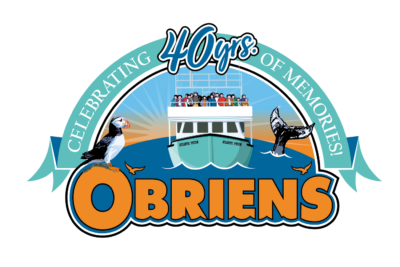
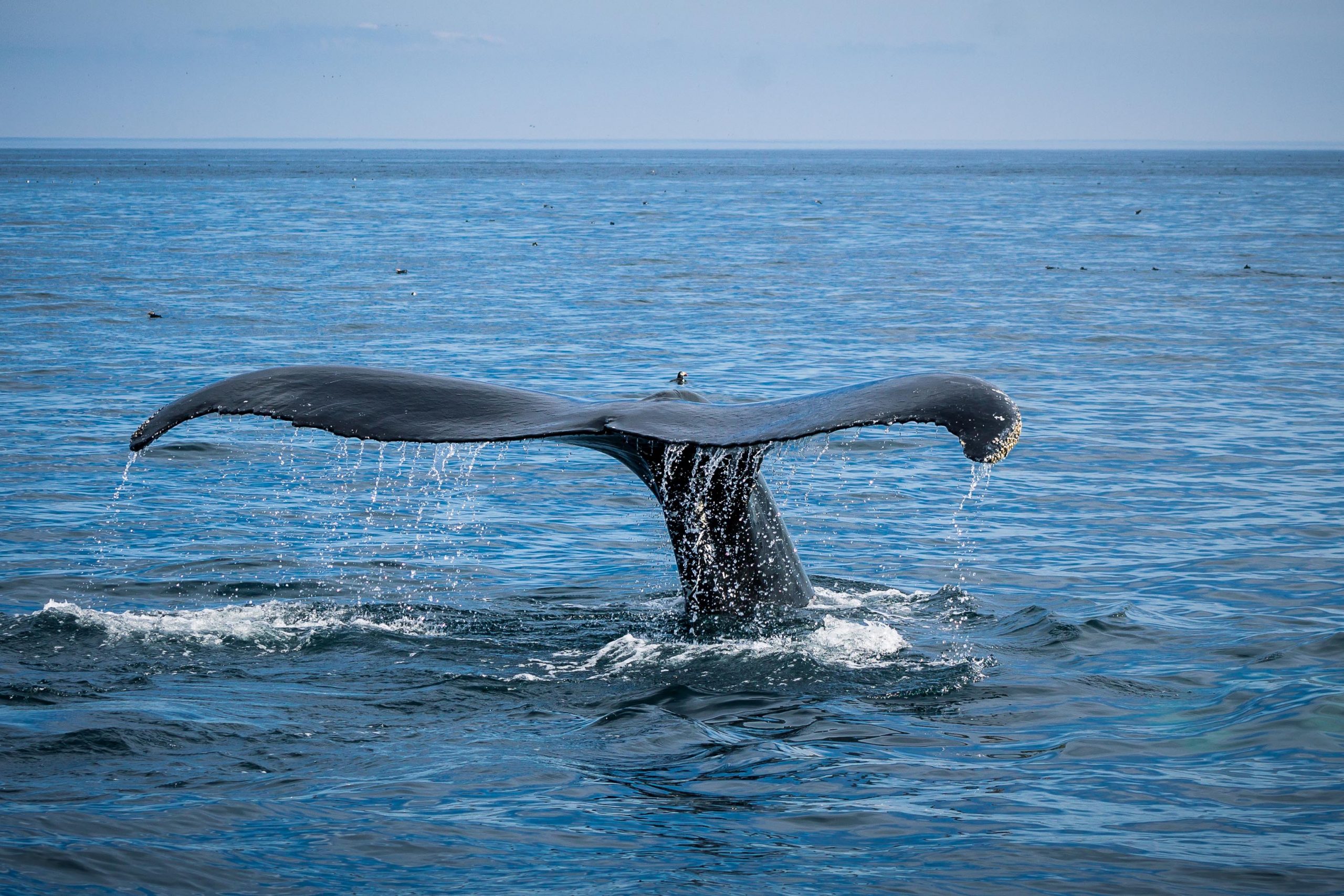
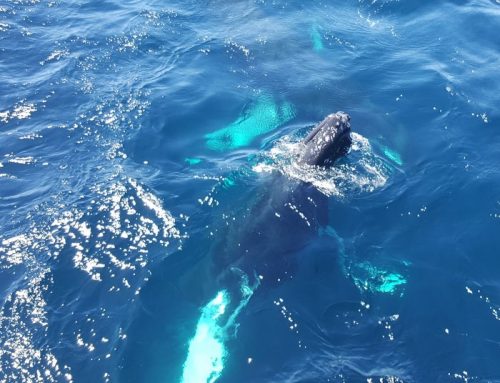
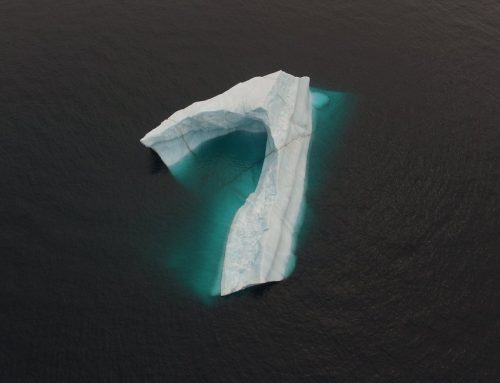
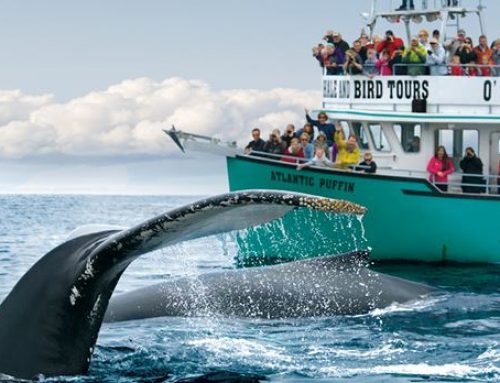
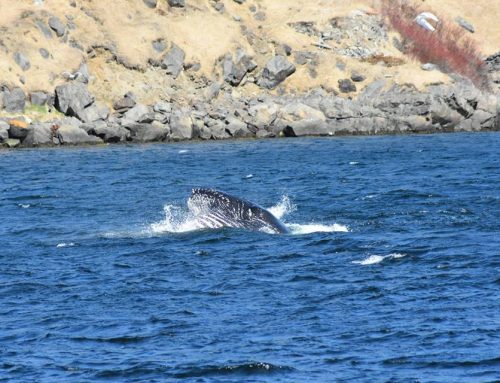
I had no notion that the best way to prevent collisions between whales and vessels was to keep them apart, and if that wasn’t possible, to drop down to a speed of 10 knots or less. This will be noted when my husband and I take our kids to go on a whale boat tour this summer. The kids love sea creatures so we just know they’ll have a blast riding a boat and watching the whales in the ocean.